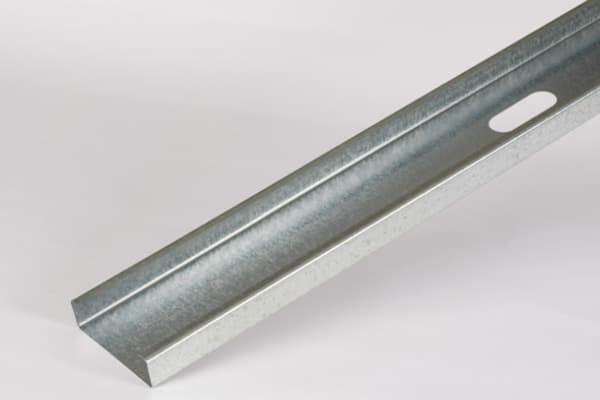Metal studs are a popular alternative to traditional wooden studs, especially in commercial buildings and modern residential construction. They are lightweight, resistant to warping, and not susceptible to rot or termites. If you’re planning to mount a heavy object, hang shelves, or run wiring, you might wonder: Can you drill into a metal stud? The short answer is yes, but there are important considerations to ensure safety and structural integrity. Let’s explore the details.

Is It Possible to Drill Into Metal Studs?
Yes, you can drill into metal studs. Metal studs are typically made from galvanized steel, which is strong but relatively thin, usually ranging from 25 to 20 gauge (with lower numbers being thicker). Because of their thinness, drilling into metal studs requires the right tools and techniques. Unlike wood studs, which can easily hold screws or nails, metal studs need specialized fasteners and care during installation.
Tools Needed for Drilling Into Metal Studs
Drilling into a metal stud is straightforward if you have the proper tools:
-
Drill: A standard power drill works fine for light-duty tasks. For heavier applications, a corded drill or a high-quality cordless drill is recommended.
-
Drill Bits: Use titanium or cobalt drill bits specifically designed for metal. These bits are strong and reduce the risk of dulling quickly.
-
Self-Drilling Screws: These screws have sharp tips that can pierce metal without needing a pre-drilled hole. For heavy-duty applications, toggle bolts or specialty anchors are also common.
-
Level and Stud Finder: A magnetic stud finder works best for locating metal studs behind drywall.
Optional:
-
Lubricant: Applying a small amount of cutting oil on the drill bit reduces friction and heat when drilling.
How to Drill Into Metal Studs Safely
-
Locate the Metal Stud
Use a stud finder to determine where the stud is located behind your drywall. Mark the centerline for better accuracy. -
Choose the Right Spot
Aim for the middle of the stud’s face. Avoid drilling near the edges, as that can weaken the stud and compromise its load-bearing capability. -
Start Drilling Slowly
Begin at a slow speed to prevent the bit from slipping. Once the bit starts to bite, gradually increase the speed. Do not apply too much pressure, as the bit will cut through the thin metal easily with proper technique. -
Use Appropriate Screws
Self-tapping or self-drilling screws are the most common choice because they cut threads into the metal as they go in. For heavy objects like TVs or cabinets, consider toggle bolts that can grip behind the stud for added support.
Things to Consider Before Drilling
-
Weight Capacity: Metal studs are not as strong as wood studs for supporting heavy loads. For large items, you may need additional support such as mounting to multiple studs or using a plywood backing.
-
Electrical and Plumbing Lines: Always check for hidden wires or pipes before drilling. Metal studs often have holes pre-punched for running electrical cables, so proceed with caution.
-
Avoid Overheating: Drilling at high speeds without lubrication can overheat and damage both the drill bit and the stud.
Best Applications for Drilling Into Metal Studs
Drilling into metal studs is common for:
-
Installing shelves
-
Hanging light fixtures
-
Mounting TV brackets
-
Running wiring or pipes
However, if you’re mounting very heavy items, consider additional reinforcement or wall anchors designed for hollow walls.
Conclusion
So, can you drill into a metal stud? Absolutely! With the right drill bits, screws, and technique, you can safely and effectively mount items on walls with metal studs. Just remember to take precautions, use proper fasteners, and understand the weight limitations of the wall structure. When done correctly, drilling into metal studs is a practical solution for a wide range of projects in both residential and commercial settings.
Post time: Aug-28-2025



